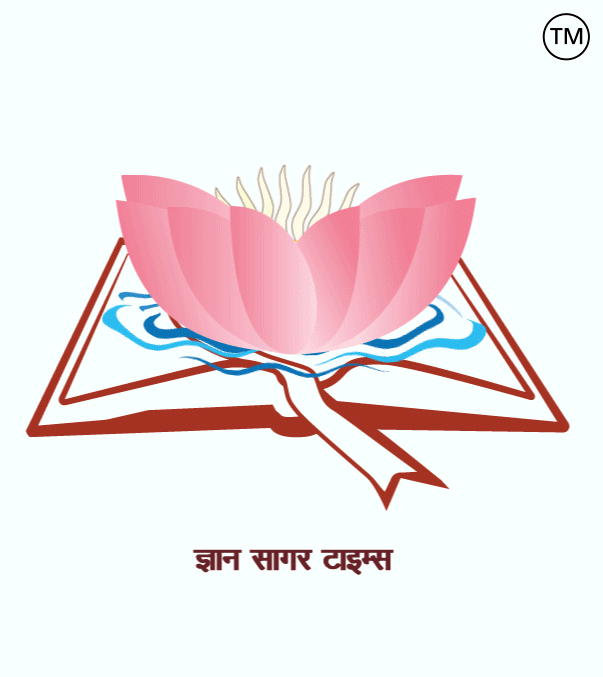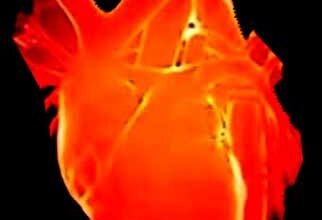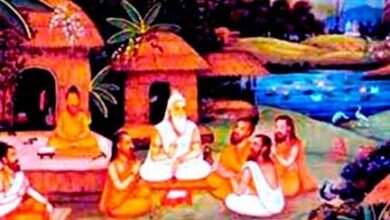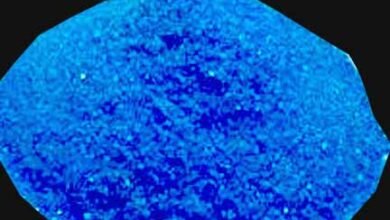
वनस्पति विज्ञान से संबंधित-133.
|
1. What are the main physical characteristics of living? = Protoplasm. 2. Names of insectivorous plants? = Pitcher plant and Sundews. 3. Where is the light-resolving part in desert plants? = Stems and green branches. 4. Which two groups live together in lichen? = Algae and Fungi. 5. How do Fungus propogate? = Spore. 6. Where are Rhizobiums found? = Roots of Pulses. 7. Due to the absence of plant cell, the animal is different from a cell. = Centrosome or astral rays. 8. What is the number of plants known so far? = Approximately 343225. 9. Which kingdom do unicellular eukaryotic and photosynthesis take place? = Protista. 10. What are the decomposers of multicellular eukaryotic? = Fungi. 11. Who gave the five kingdoms classification? = R. H. Whittaker. 12. Which kingdoms do the subclass Slimemold classify the five kingdom systems? = Protista. 13. How many parts is the Monera kingdom divided into six worlds? = Two (02). 14. In which group embryo is absent? = Algae. 15. Which group of plants have water (water) required for fertilization? = Bryophytes. 16. The groups Pteridophte can be differentiate into Bryophyta due to its presence? = Conductive tissue. 17. Seedless vascular plants? = Pteridophytes. 18. If the fruit develops from the ovary without fertilization, fruit is called? = Parathenocarpic fruit. 19. The sporophyte develops from the gametophyte without fusion of gametes? = Apogamy. 20. Where are male gametes found in floral plants? = Pollen grains. 21. Where nucellus is found? = Ovule. 22. Where is cotyledon located in monocot? = Embryo. 23. The pollination in which genetically different pollen grains and frequencies meet is called? = Cross pollination. 24. Which cell does the female gametophyte develop? = Functional megaspore. 25. What is the ploidy of endosperm in floral plants? = Triploid. (3n) Dr. (Prof. ) Amarendra Kumar. ============= ============ 1. सजीव के प्रमुख लक्षण क्या होते हैं? = जीवद्र्व्य. 2. कीटभक्षी पौधों के नाम? = घटपर्णी और सनड्यू. 3. मरुस्थलीय पौधों में प्रकाश संशलेष्ण की क्रिया कहाँ होता है? = तने व हरी शाखाओं. 4. लाईकेन में कौन-कौन से पौधे साथ-साथ रहते हैं? = शैवाल और फफूंद. 5. कवक जनन कैसे करते हैं? = बीजाणु. 6. राइजोबियम कहाँ पाये जाते हैं? = दलहन के पौधो की जड़ों. 7. पादप कोशिका में किसकी अनुपस्थिति के कारण जंतु कोशिका से भिन्न होती है? = सेण्ट्रोसोम या तारककाय. 8. अब तक ज्ञात पादपों की संख्या है? = लगभग 343225. 9. एककोशकीय यूकेरियोटिक और प्रकाश संशलेष्ण को किस जगत में रखते हैं? = प्रोटीस्टा. 10. बहुकोशिकीय यूकेरियोटिक के अपघटक क्या होते हैं? = कवक. 11. पांच जगत वर्गीकरण किसने दिया? = आर. एच. व्हिटेकर 12. अवपंक फफूंदी को पांच जगत पद्धति वर्गीकरण के किस जगत में रखते हैं? = प्रोटीस्टा. 13. छह जगत पद्धति में मोनेरा जगत को कितने भागों में विभाजित किया गया है? = दो (02). 14. किसमें भ्रूण अनुपस्थित होता है? = शैवाल. 15. किस समूह के पौधों में निषेचन के लिए जल(पानी) आवशयक है? = ब्रायोफ़ाईट्स. 16. टेरिडोफाइटा समूह को किसकी उपस्थिती के कारण ब्रायोफ़ाइटा से विभाजित किया जा सकता है? = संवहन उत्तक. 17. बीजविहीन संवाहनिय पौधा होता है? =टेरिडोफ़ाईट्स. 18. बीजाण्डों के बिना निषेचन के अण्डाशय से फल विकसित होता है तो इस क्रिया को? = अनिषेक फलन. 19. बिना युग्मक के संयोजन के बीजाणदभिद का परिवर्धन कहलाता है? = अपयुग्मकता. 20. पुष्पी पादपों में नर युग्मक कहाँ पाये जाते हैं? = परागकण. 21. निभाग कहाँ पाया जाता है? = बीजाण्ड. 22. एकबीजपत्री में बीजपत्र कहाँ स्थित होता है? = पार्वीय. 23. वह परागण जिसमें आनुवंशिक रूप से भिन्न परागकण व वर्तिकान परस्पर मिलते हैं, उसे कहा जाता है? = परनिषेचन. 24. मादा युग्मकोद्भिद का विकास किस कोशिका में होता है? = क्रियाशील गुरुबीजाणु. 25. पुष्पीय पादपों में भ्रूणपोष की सूत्रगुणिता क्या होती है? = त्रिगुणित. (3n)
डॉ. (प्रो.) अमरेंद्र कुमार.
|





